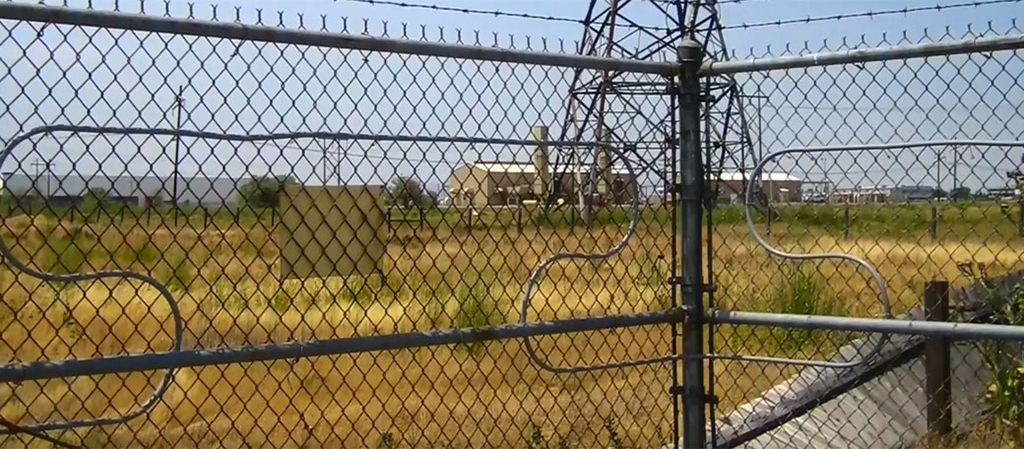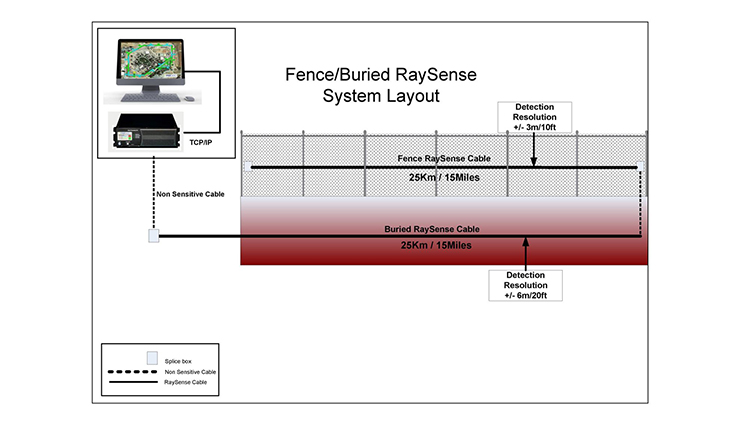How a Fiber Security System Provides Superior Dependability and Speed in Security Monitoring
How a Fiber Security System Provides Superior Dependability and Speed in Security Monitoring
Blog Article
Why Fiber Optic Safety And Security Equipments Are the Future of Security
The change to fiber optic protection systems marks a considerable advancement in the world of security, driven by their phenomenal information transmission capacities and strength to outside disturbances. These systems not just assist in faster and much more trustworthy interaction but also provide a cost-efficient remedy with lowered maintenance needs. As the landscape of safety progresses along with arising innovations such as AI and IoT, the potential for optical fiber to improve and redefine security infrastructures ends up being progressively noticeable. Nonetheless, the effects of these developments increase crucial concerns concerning the future of safety and security measures and their efficiency in an ever-changing setting.
Benefits of Fiber Optic Equipments
Among the primary benefits of fiber optic systems is their exceptional data transfer capability, which promotes the transmission of big volumes of data over cross countries without substantial loss. This characteristic is specifically beneficial for safety and security applications that require the continuous tracking and transfer of high-definition video clip feeds, sensor information, and other important details. Optical fiber can fit the growing needs of modern-day safety systems, guaranteeing that information continues to be intact and trustworthy.
In addition, fiber optic wires are less at risk to electro-magnetic disturbance, which can be a considerable issue in environments with numerous digital gadgets. This resistance boosts the integrity of the data being transferred, thereby decreasing the risk of data violations or system failures. Additionally, fiber optic systems are naturally a lot more safe than typical copper cables, as tapping into a fiber optic line without discovery is exceptionally tough.
The resilience of fiber optic cables likewise contributes to their charm. They are immune to ecological factors such as dampness and temperature changes, minimizing upkeep expenses and boosting system durability. Overall, these benefits position fiber optic systems as a robust and effective choice for modern-day safety frameworks, making certain trustworthy and safe data transmission.
Improved Data Transmission Speed

The capability to transfer huge amounts of data promptly facilitates the seamless assimilation of high-def video feeds and progressed analytics. Protection systems can now refine and assess info in real-time, enhancing action times and situational understanding. Additionally, fiber optic links support longer transmission ranges without destruction of signal top quality, making them perfect for expansive protection networks.
The enhanced rate of fiber optic systems not only boosts the effectiveness of security operations however likewise reduces latency. This is specifically important in crucial situations where prompt decision-making can prevent security breaches or mitigate potential threats. As organizations remain to focus on safety and performance, the demand for quick and reliable information transmission will definitely solidify fiber optic systems as a foundation of modern security framework.
Resistance to Disturbance
Fiber optic safety and security systems consistently demonstrate phenomenal resistance to electro-magnetic interference, a critical advantage in environments vulnerable to digital noise. Unlike standard copper cable televisions, which can be negatively impacted by electromagnetic areas, superhigh frequency interference, and various other forms of electric disruption, fiber optic cords utilize light to transfer data. This intrinsic property ensures that the signals stay clear and unchanged, no matter bordering electronic activity.
Making use of glass or plastic fibers in fiber optic innovation creates a barrier against disturbance, permitting dependable information transmission also in difficult situations such as commercial centers, city areas with high electronic website traffic, or locations near radio towers. This particular considerably decreases the chance of signal deterioration or loss, making fiber optic systems particularly ideal for protection applications where integrity and accuracy of data are extremely important.
Additionally, this resistance to disturbance boosts the total performance and reliability of security systems, making certain that monitoring and sharp systems work perfectly. In a globe where security is progressively endangered by click this site advanced innovations, the durability of fiber optic systems attracts attention as an essential feature, enhancing their standing as a crucial part of contemporary protection framework.
Cost-Effectiveness With Time
Considerable cost savings can be achieved over time with the implementation of fiber optic safety systems. While the preliminary investment may seem greater contrasted to traditional copper-based systems, the lasting financial benefits emerge via reduced operational and maintenance prices (fiber security). Fiber optic wires are inherently extra durable and less vulnerable to ecological aspects, which equates to lower replacement and repair service costs over their life expectancy
Furthermore, fiber optic systems call for much Click This Link less power to operate, which better decreases energy prices. Enhanced information transmission capacities enable for less repeaters and amplifiers, reducing equipment financial investment and streamlining setup processes. The scalability of these systems additionally contributes to cost-effectiveness, as companies can broaden their security facilities without incurring significant extra expenditures.
Another element to think about is the raised efficiency in monitoring and action capacities that optical fiber supply. Boosted real-time data transmission can result in quicker event action times, possibly mitigating losses and obligations connected with safety violations. Altogether, the lasting benefits of fiber optic security systems not just validate the preliminary expense however also position them as an economically prudent choice for organizations seeking robust defense solutions.

Future Developments in Security
Progressing technologies are established to change protection systems, integrating synthetic intelligence (AI) and artificial intelligence to improve threat detection and action capacities. These advancements will enable safety systems to examine large amounts of information in real-time, recognizing patterns and anomalies that suggest prospective threats. This proactive strategy will certainly make it possible you can look here for quicker decision-making and a lot more efficient incident feedbacks.
In addition, the unification of the Net of Things (IoT) is leading the way for interconnected safety and security devices, using detailed monitoring and tracking. Smart sensing units can pass on details about ecological adjustments, while automated informs can inform security employees immediately of questionable tasks.
In addition, the development of biometric technologies will even more bolster protection devices. Facial recognition, finger print scanning, and retina identification are coming to be extra advanced, supplying layers of authentication that are difficult to bypass.
Conclusion
To conclude, fiber optic security systems stand for a significant improvement in protection innovation, providing exceptional data transmission speed, resistance to electro-magnetic interference, and lasting cost-effectiveness. As the demand for innovative security options continues to expand, the assimilation of fiber optics with arising innovations such as AI, IoT, and biometrics will even more boost safety facilities (fiber security). The mix of these innovations will certainly ensure a more safe and responsive environment, solidifying fiber optics as a keystone of future security systems
Report this page